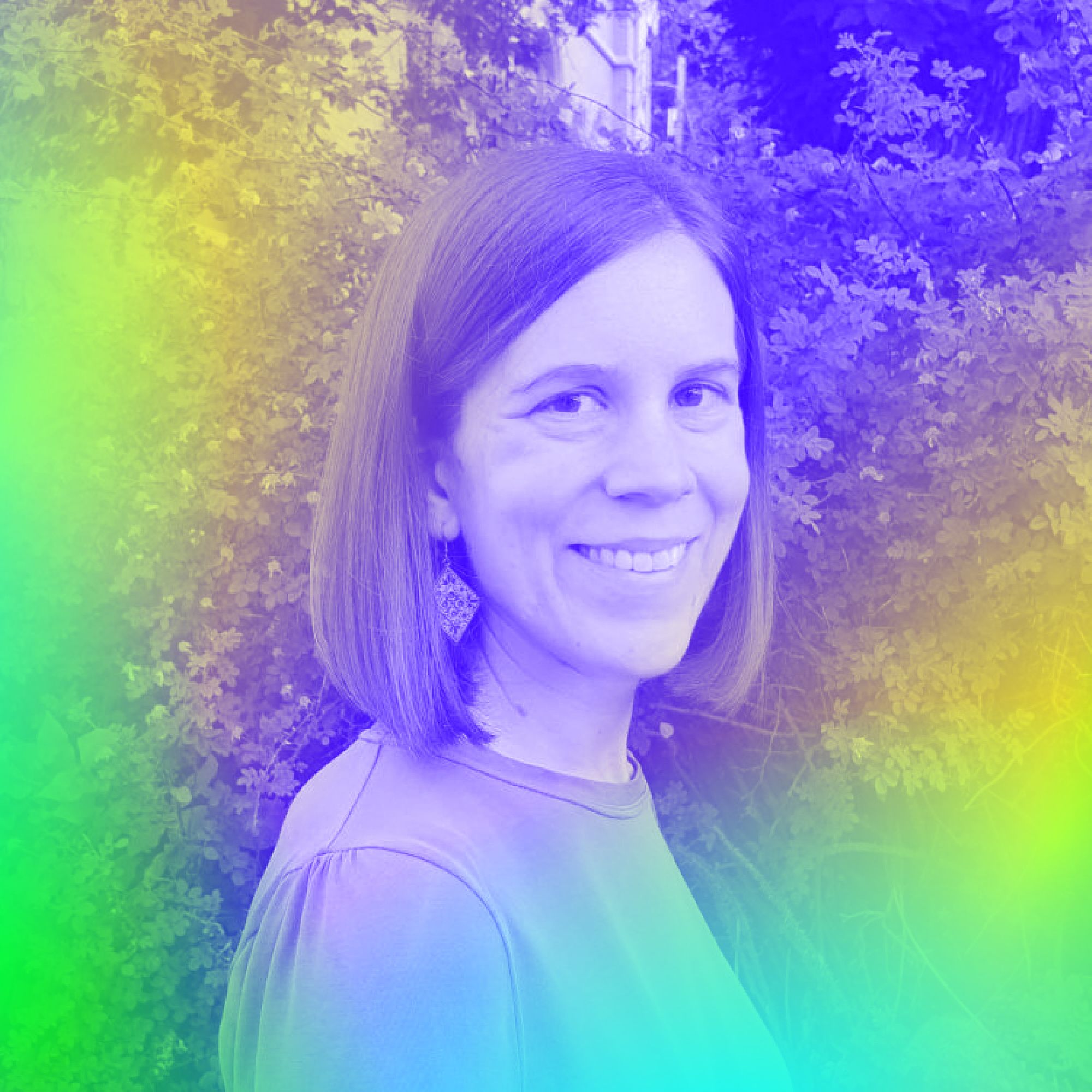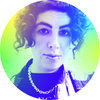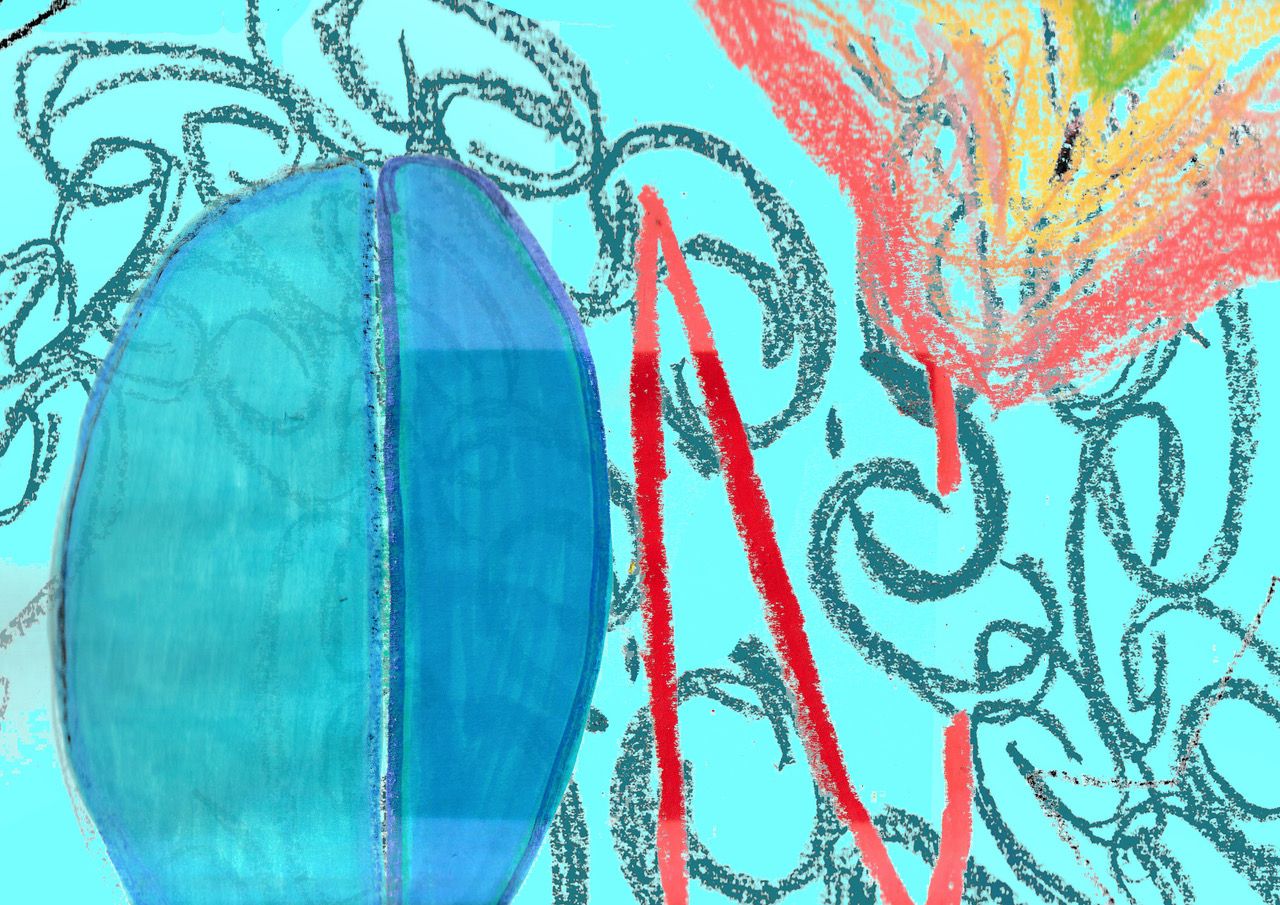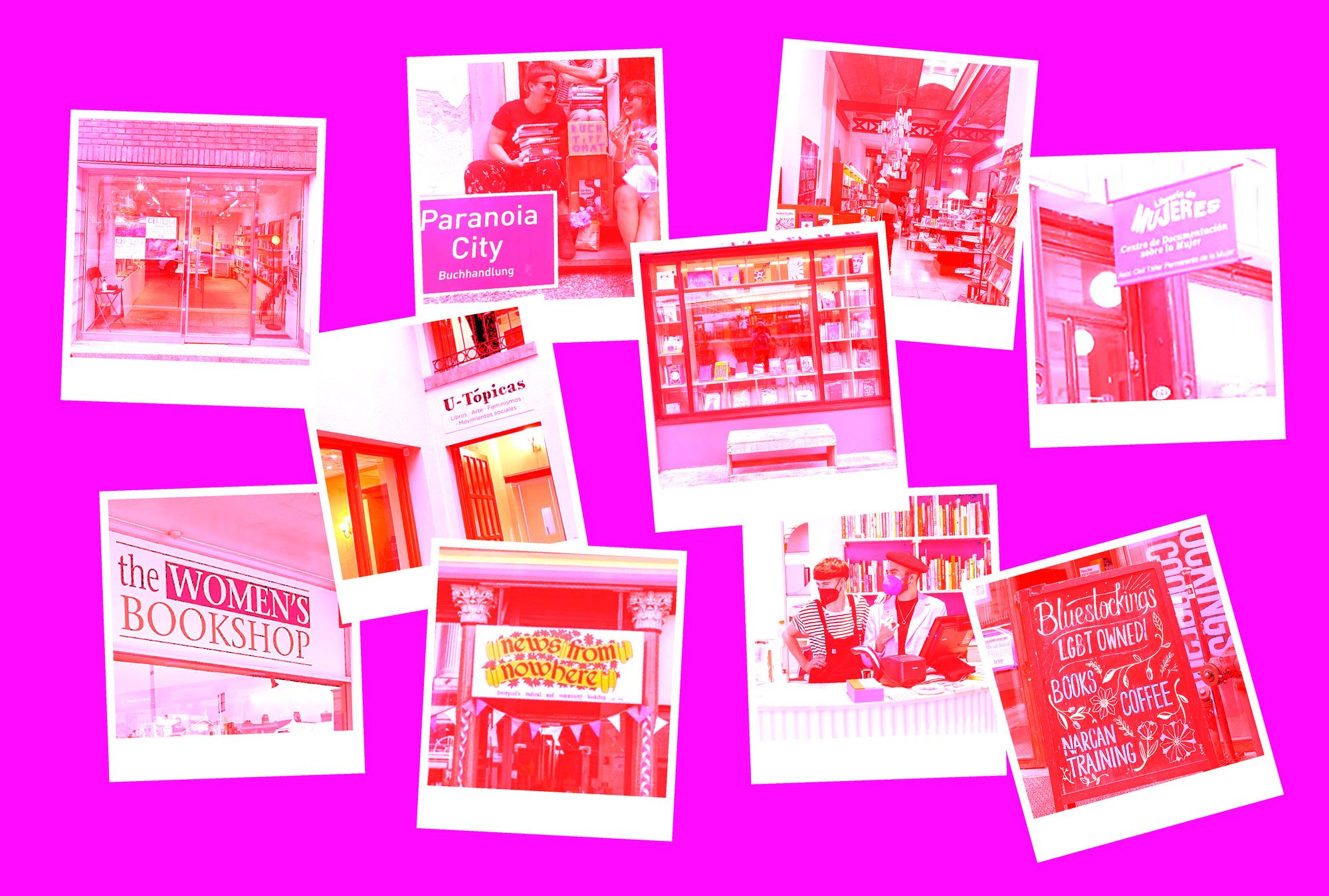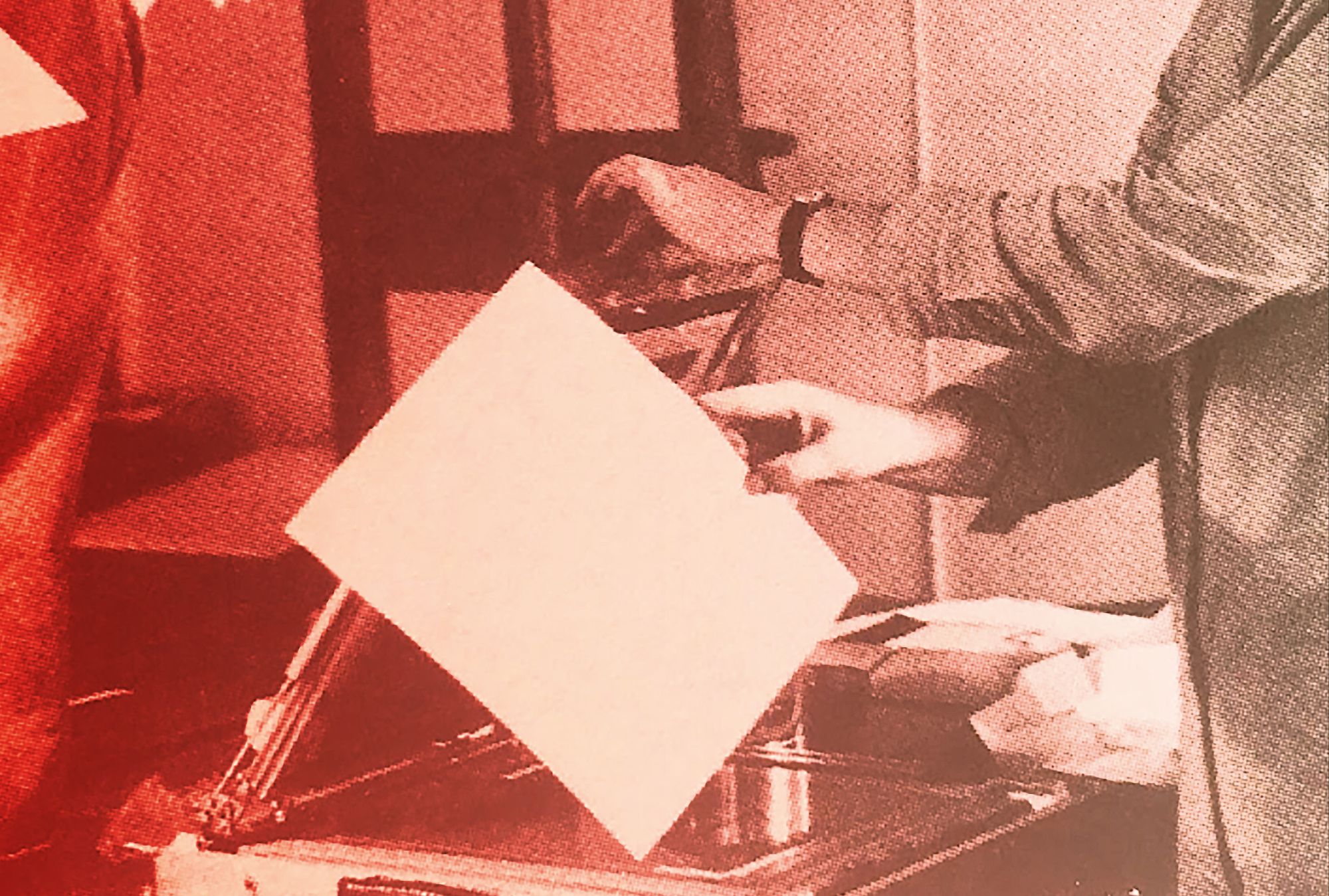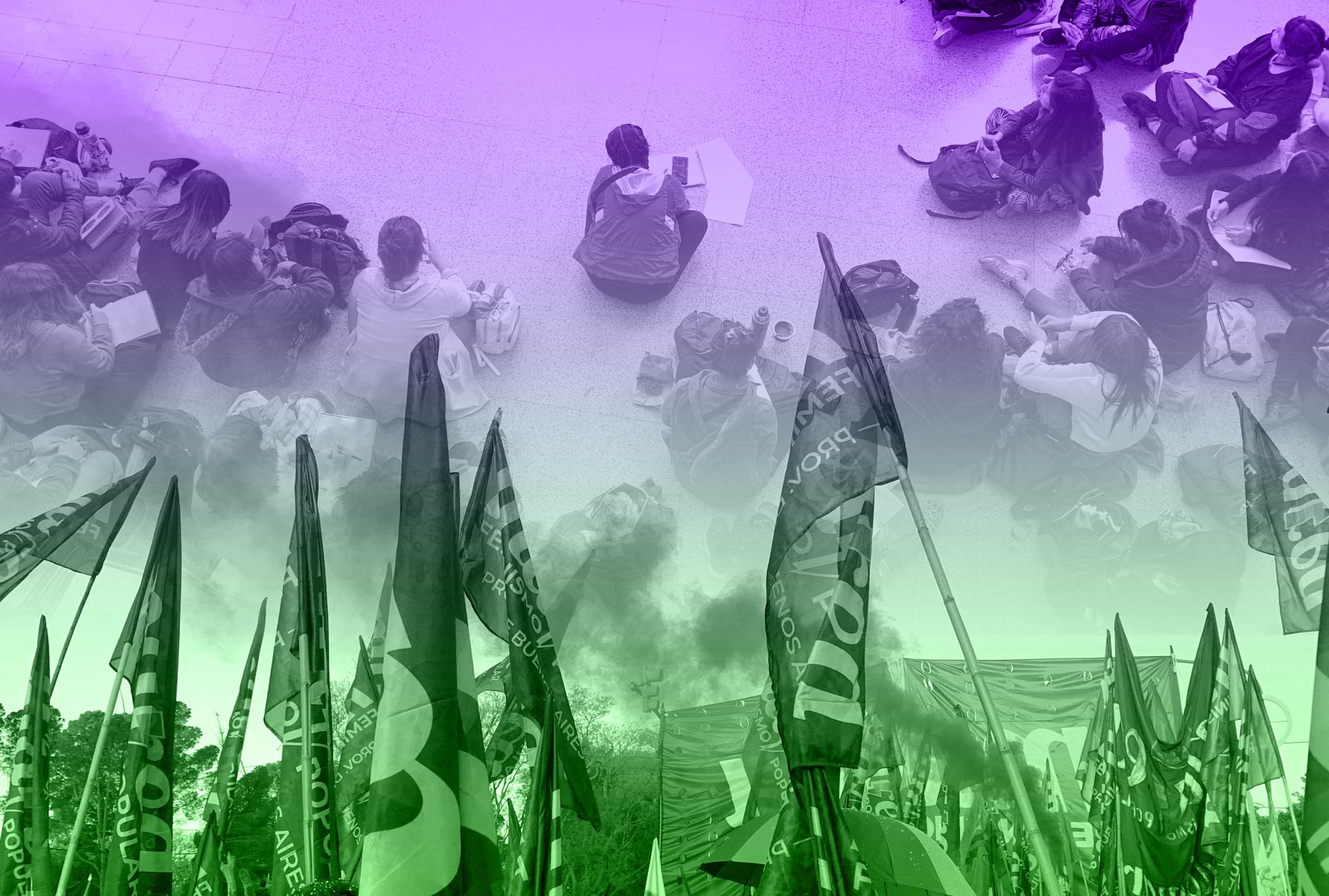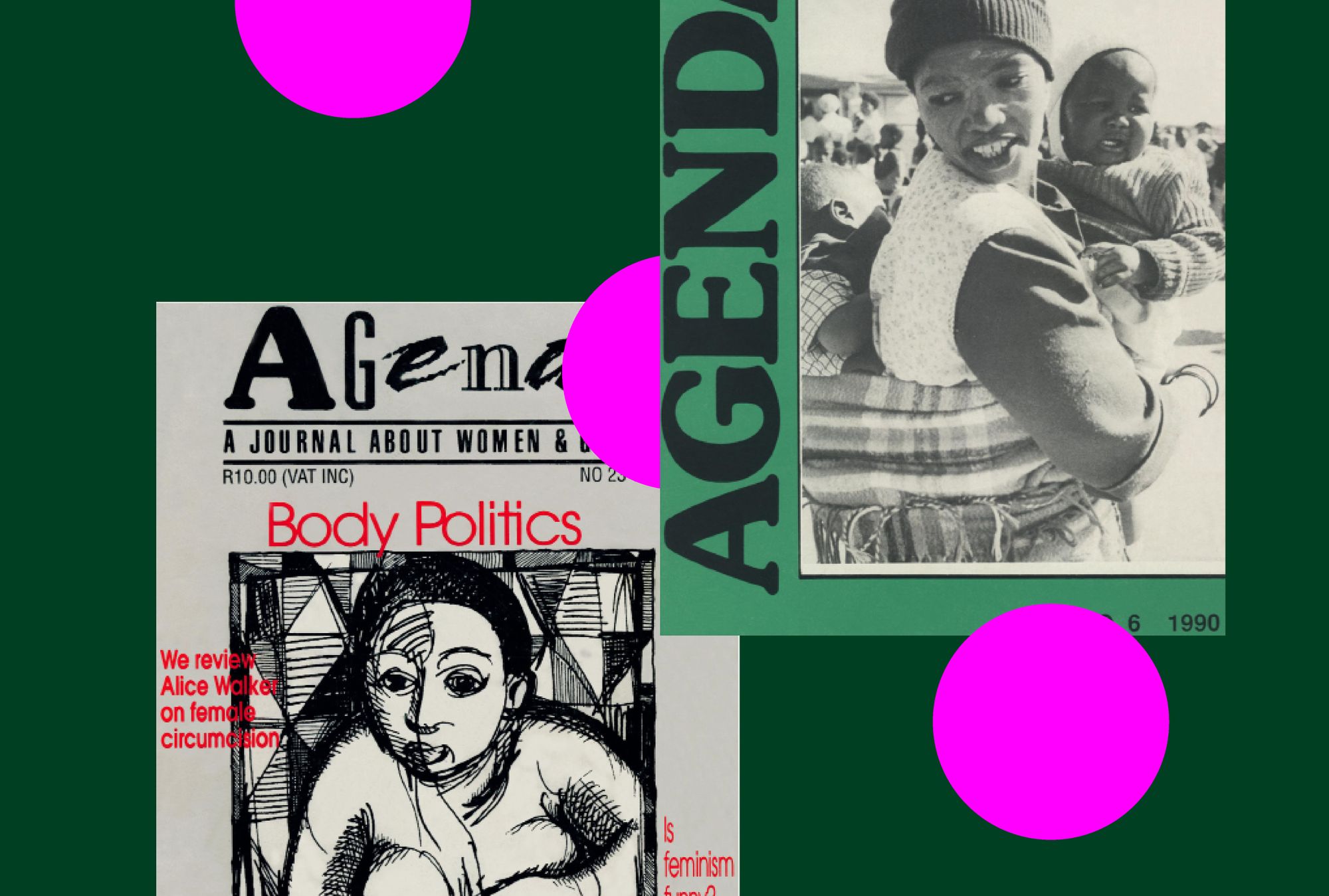
In an effort to crush dissent before the 10th anniversary of the Soweto uprisings, South Africa’s white leaders imposed a nationwide state of emergency on June 13, 1986. The president’s declaration, intended to “insure the security of the public and maintain public order,” drastically restricted the freedoms of anti-apartheid activists and the journalists who covered them. One year later, as the state of emergency was still in place, Agenda: A Journal About Women and Gender was founded by a group of mostly white women academics based out of the sociology department of the University of Natal in Durban. The original “Editorial Collective” of Agenda consisted of six women who, like some of its authors, preferred to use only their first names as a state of emergency precaution: Debby, Shamim, Colleen, Aasha, Jo, and Alison.
With their journal, the founding editors hoped to provide South African women with “strategies for coping now as well as for organising towards [the] future,” as they wrote in Agenda’s mission statement. They further explained in the first issue that the state of emergency was making the struggle over gender consciousness in the anti-apartheid movement even harder, and they warned that women’s issues were at risk of slipping “further down the agenda.” But what agenda were they talking about?
“…they warned that women’s issues were at risk of slipping ‘further down the agenda.’ But what agenda were they talking about?”
Agenda’s first issue sought to combat that slippage in part by highlighting work being done to promote women’s issues by organizations across South Africa. While it featured a wide array of content—as did the issues that would follow—including original poetry, discussions of feminist terminology, and book reviews, the core of the content was about activism and political organizing. One article, for instance, briefed readers on the launch of the United Democratic Front (UDF) Women’s Congress, which in its resolution called for an end to the State of Emergency, the release of political detainees, a stop to sexual harassment of women in detention, condemnation of police action, and solidarity with workers. A photo essay showcased images of (mostly Black) women celebrating at a National Women’s Day event organized by the Natal Organisation of Women. Another article drew attention to the significant but controversial roles women were playing in South African labor unions—controversial, because paid women’s labor was often disparaged in the first place. Solutions-oriented discussions of women’s health issues were also heavily featured, such as in the column “Healthwatch.” Such content helped make the case that there’s progress to be found in specific, prioritized areas, and that these areas deserve attention as part of the struggle against apartheid.
In another article, ‘Women Face the Challenge’ by Marie, the author asked, “Have women activists and women’s organizations given sufficient attention to the specific position of women under apartheid capitalism?” and answers it with an emphatic “No.” Invoking the journal’s mission statement, which states that women “have to take up issues of their specific oppression as part of broader workplace, community and political struggles,” Marie insists that women must also fight for their own interests as part of the fight for a democratic South Africa.
In its first issue, Agenda had already assumed the position it would take for the next decade: the journal would amplify the work of women activists while seeking to inform and motivate more. But who were these activists it sought to amplify, and who were the “more” in that equation?

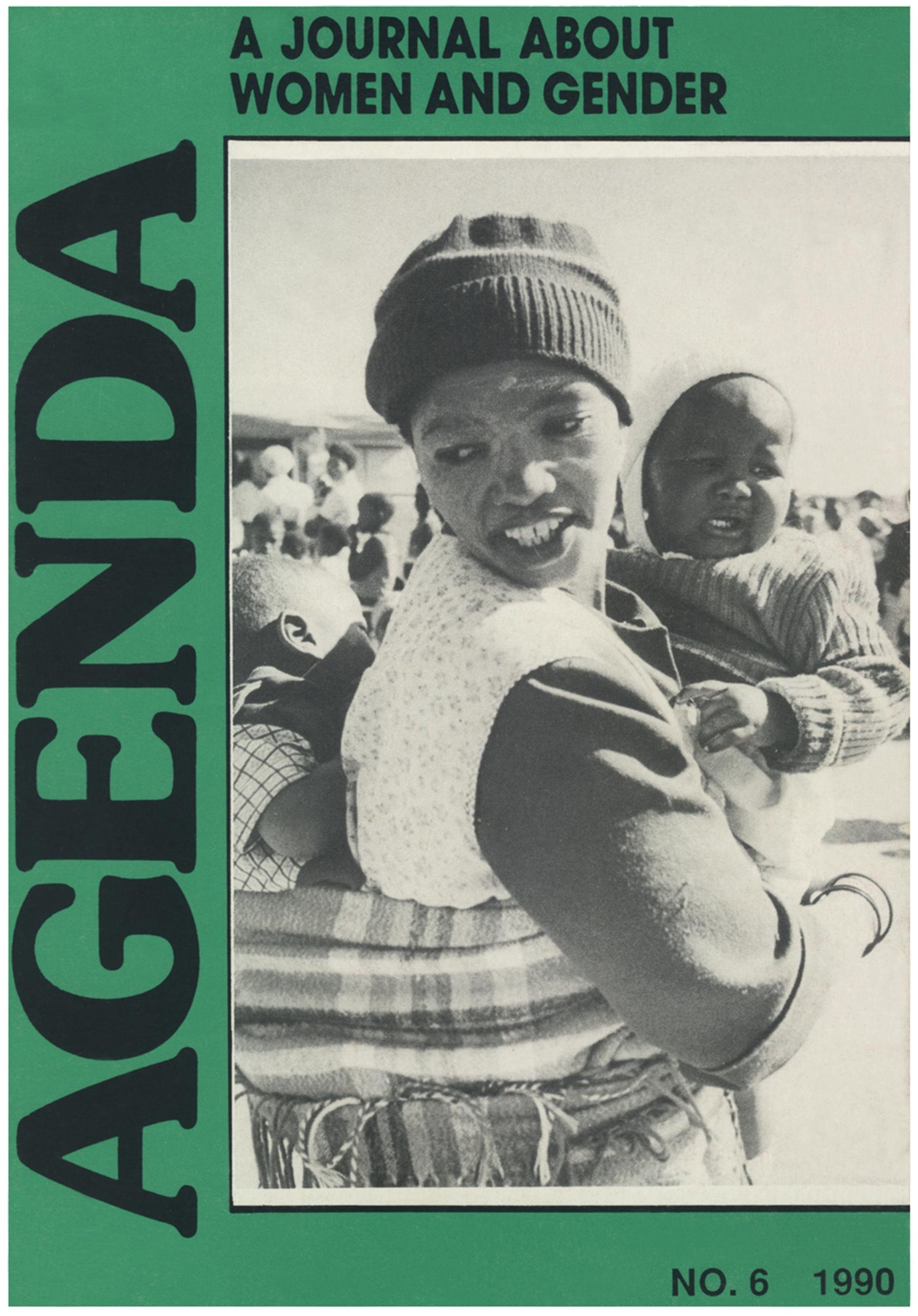
Publishing content such as conference proceedings and featuring interviews with organizational leaders, Agenda’s pages mostly gave space to activist endeavors from within the boundaries of established organizations. These organizations included the UDF Women’s Congress—a feminist subgroup of the United Democratic Front, a “non-racial” coalition of African National Congress (ANC) supporters—and the Natal Organisation of Women—a centrist women’s group also closely affiliated with the ANC. Agenda was unextractable from a specific activist context: mostly ANC-aligned civic, political, health, and rural development organizations.
This model of tying the journal to organizations has largely prevailed, and Agenda continues to heavily feature, for example, public health and rural development case studies that promote the work of individual organizations, many originating in the Global North. It’s like a closed loop, where the organizations benefit from being featured in an academic journal and the editors strengthen their own ties to the same organizations, leaving little room for people outside of that sphere to enter the fold.
“It’s like a closed loop, where the organizations benefit from being featured in an academic journal and the editors strengthen their own ties to the same organizations, leaving little room for people outside of that sphere to enter the fold.”
Agenda initially defined its target audience as “interested women and key ideologues—educators, organisers, political leaders.” Especially in the beginning, Agenda’s founding members’ personal contacts were crucial to recruiting both the journal’s initial contributors and its readership. This may have limited the diversity of its editors and authors, thereby benefiting some at the expense of others. What’s more, next to its largely volunteer editorial staff, Agenda has never paid authors, and the journal’s dependence on volunteer labor was of no help to those already disadvantaged.
Though the journal committed to featuring Black women on its covers, women of color were largely underrepresented in the journal’s by-lines. The editorial collective did make efforts to reach out to marginalized women, provide writing workshops, and accept a variety of text forms, from poetry to personal essays to interviews, in order to include more authors without academic training. However, the journal’s photographic representation of Black South African women still far outweighs the representation of Black South African women who contributed as authors or editors.
“…the journal’s photographic representation of Black South African women still far outweighs the representation of Black South African women who contributed as authors or editors.”
To examine the history of Agenda is to examine a complex history of tensions and contradictions in South African feminism and the anti-apartheid movement, which was not broadly understood as a feminist issue among ANC-affiliated organizations. For Agenda’s editorial collective, there also was no such thing as feminism without organizing—but organizing meant something very specific. By focusing on the work of increasingly mainstream, professionalized organizations, Agenda misses the more radical, messy, grassroots, or even hidden efforts by both individuals and smaller or less prominent activist groups.
From this perspective, the answer to the question of ‘whose Agenda’ the journal actually represents becomes clearly discernible: it is the Agenda of women who already had an agenda, at a time when the freedom to formulate and promote one’s agenda was a privilege. It is this privilege that never truly gets questioned or challenged.
Carolyn Kerchof (she/her) is a writer and designer currently based in Boulder, Colorado, USA. The main focus of her creative work is community building through collaborative print periodicals, particularly in elder care contexts.
This text was produced as part of the L.i.P. workshop, and has previously been published in the Feminist Findings zine.

